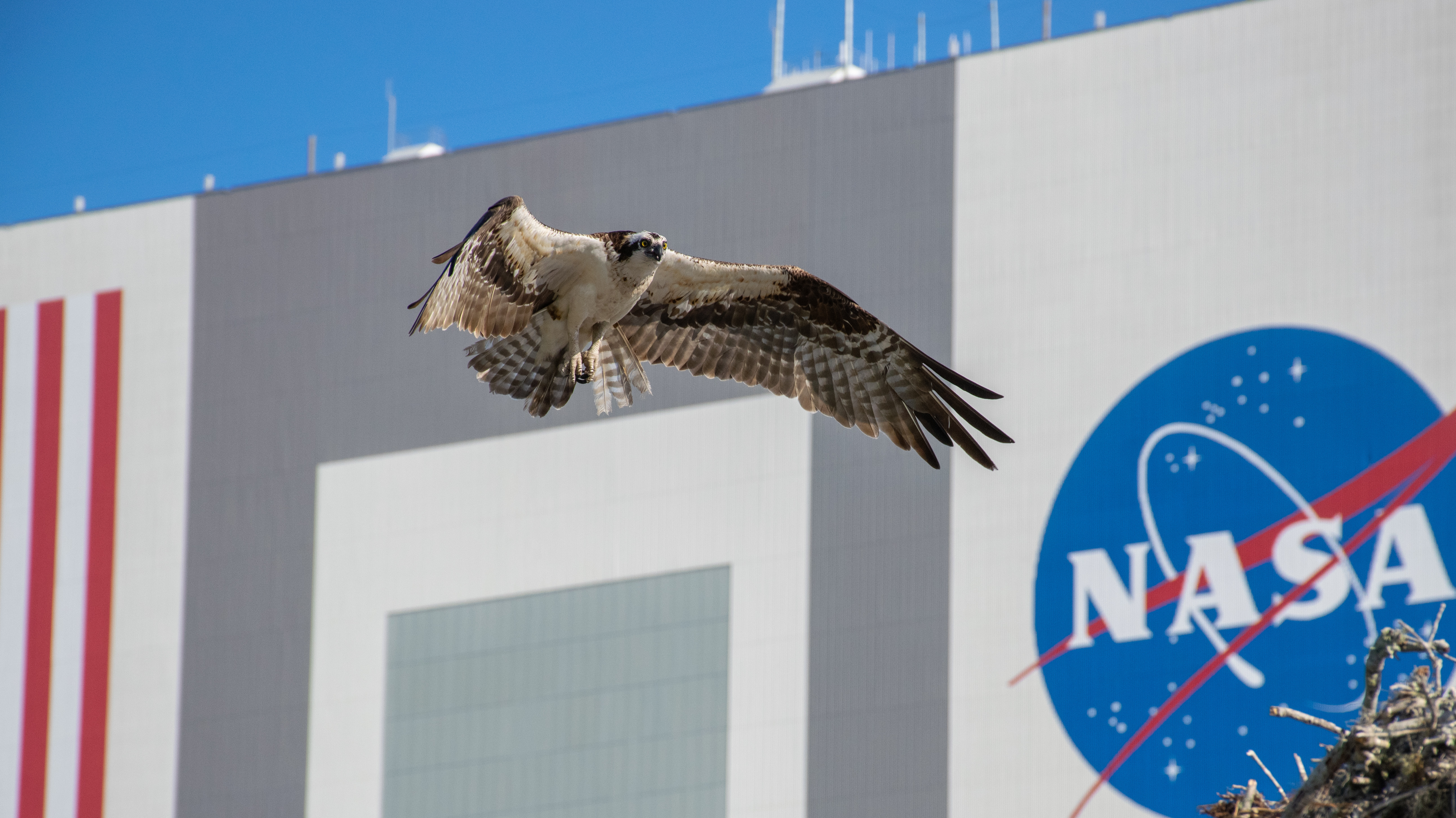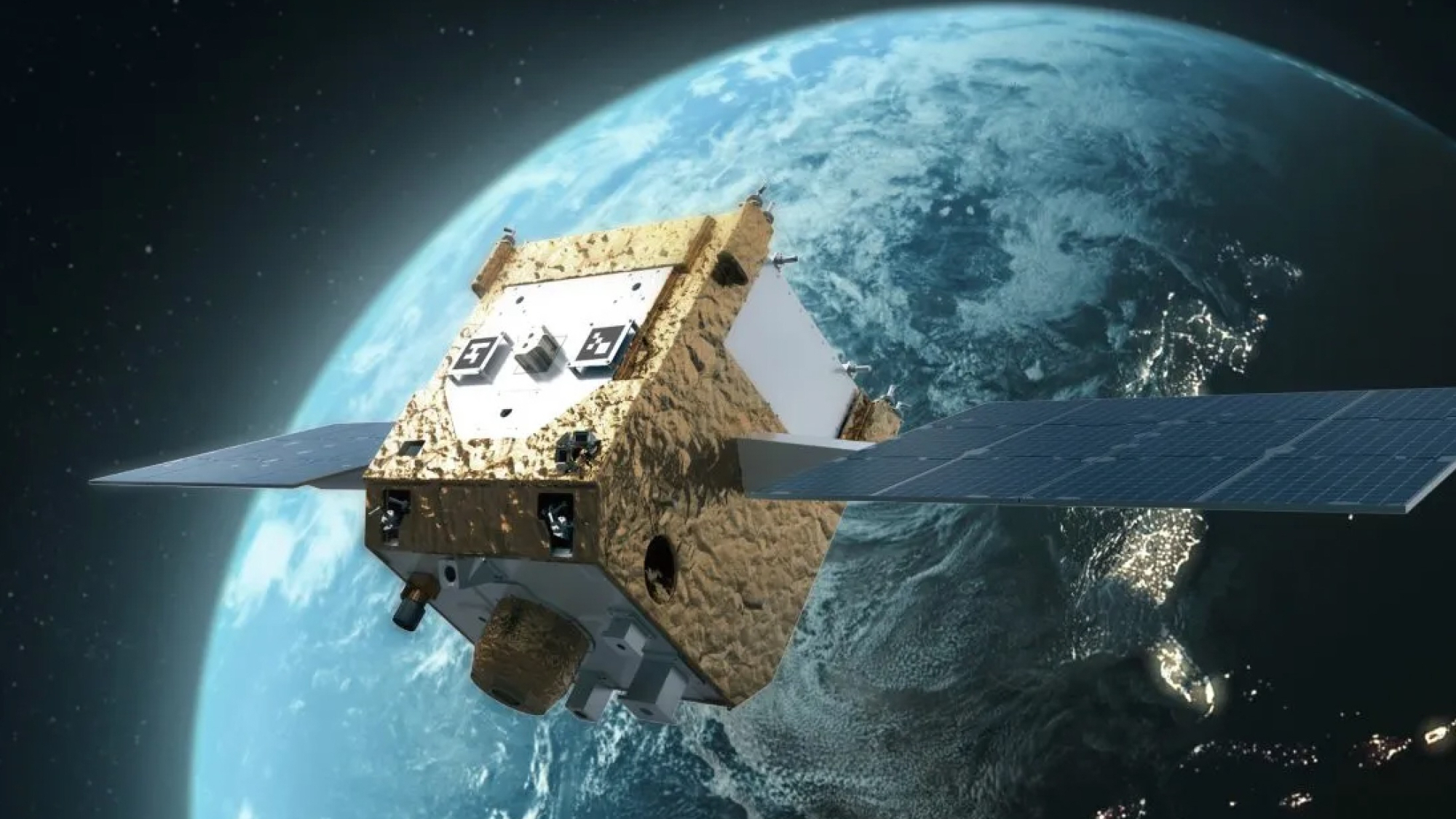What's next for India's Chandrayaan-3 mission on the moon?
The first mission to land near the lunar south pole is expected to keep going until the sun sets on the moon two weeks from now.

The moon's south polar region has welcomed its very first visitor.
Despite the numerous craters and trenches that scar the region, India's robotic Chandrayaan-3 spacecraft touched down softly as intended yesterday (Aug. 23) in its relatively flat landing spot between the Manzinus C and Simpelius N craters, located about 70 degrees from the moon's south pole.
The spacecraft's propulsion unit, a box-shaped module that had ferried Chandrayaan-3's lander-rover duo into a tight orbit around the moon and separated from it prior to the landing, continues to circle Earth's nearest neighbor. The module is equipped with only one scientific instrument, named SHAPE (Spectro-polarimetry of Habitable Planet Earth), which is meant to study Earth from lunar orbit, in effect mimicking observations of a distant exoplanet.
Related: India on the moon! Chandrayaan-3 becomes 1st probe to land near lunar south pole
Most of the world's attention, however, is on the moon's surface. Shortly after the lander Vikram touched down on the moon, it established communications with mission control in Bengaluru, India, according to the Indian Space Research Organisation (ISRO).
And the space agency announced late yesterday on X (formerly Twitter) that the rover, Pragyan, successfully rolled off the lander via a short ramp and "took a walk on the moon." That means the rover successfully deployed its own tiny solar panels to help it inch forward. It has two spectrometers onboard to study the makeup of lunar soil in the immediate area around the landing site.
Although the rover is equipped with cameras to avoid obstacles, its movements will be controlled at all times such that it trudges within the field of view of the cameras on the lander Vikram, ISRO has previously said.
Get the Space.com Newsletter
Breaking space news, the latest updates on rocket launches, skywatching events and more!
Vikram also switched on three of its four onboard science experiments today (Aug. 24), according to ISRO. A particularly interesting instrument is a thermal probe that will, for the first time, shallowly probe lunar soil and measure its temperature, among other properties.
A second Vikram instrument will study a layer of the moon's tenuous atmosphere known as the ionosphere, which is filled with electrons and ions formed largely as a result of solar radiation. Scientists say this probe will help determine whether the ionosphere is compactly packed at all times or if its density changes over time and varying sunlight conditions.
The third experiment is a seismometer that will sense moonquakes near the landing site, while the fourth payload is a passive laser retroreflector array by NASA to "understand the dynamics of the moon system."
Scientists are eager to collect as much science as they can in the next two weeks, because neither the lander nor the rover is designed to withstand a bitter night on the moon, when polar temperatures drop to minus 382 degrees Fahrenheit (minus 230 degrees Celsius) or less.
So when shadows engulf the lander Vikram and rover Pragyan after the sun sets, it won't be a surprise if they go incommunicado.
Join our Space Forums to keep talking space on the latest missions, night sky and more! And if you have a news tip, correction or comment, let us know at: community@space.com.

Sharmila Kuthunur is a Seattle-based science journalist focusing on astronomy and space exploration. Her work has also appeared in Scientific American, Astronomy and Live Science, among other publications. She has earned a master's degree in journalism from Northeastern University in Boston. Follow her on BlueSky @skuthunur.bsky.social
-
Unclear Engineer This article incorrectly states that the Indian lunar lander is "located about 70 degrees from the moon's south pole." NO, it is 70 degrees from the Moon's equator, which is 20 degrees from its south pole.Reply -
billslugg Yes, the landing site is 20° from the South Pole. It is off to the right of the pole, almost on the edge as we see it.Reply
Here is a video of the landing. It went very slow. Hovered for half a minute.
There are two announcers, a man in Hindi and a woman in English. Hindi subtitles. Very difficult language to understand. Clipped, very fast. I had a Hindi friend in a curb store here. Taught me "Thank you", "dhanyavad".
https://www.msn.com/en-gb/news/other/what-s-next-for-india-s-chandrayaan-3-mission-on-the-moon/ar-AA1fJIB6 -
DrRaviSharma AdminReply
In a recent Article on Space.com about connection between Chandrayaan-3 and Moon and Sanskrit Language
You forgot to mention that Sanskrit is the oldest language and therefore was a spoken language only, for the first 2 millennia.
Its derivatives include Indo-European languages such as Latin, German, Russian, English, etc.
Thanks.
Ravi
(Dr. Ravi Sharma, Ph.D. USA)
NASA Apollo Achievement Award
Ontolog Board of Trustees
Particle and Space Physics
Senior Enterprise Architect









